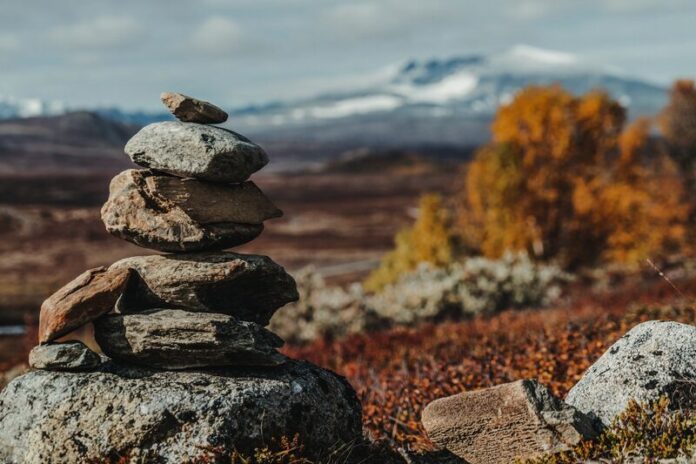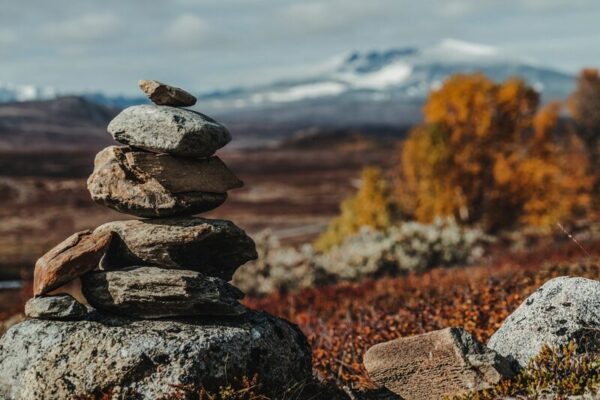
HISTORICALLY, piles of rocks known as cairns were used as geographical markers. Rock stacking or stone balancing has become a trend with its own hashtag and following in recent years, with piles of rocks appearing in pristine areas including parks, rivers, forests and coastal areas around Australia and the world.

Ecologists and environmental groups are urging people not to jump on the bandwagon and leaves rocks alone. Lizards, snakes, frogs and other critical organisms use rocks for shelter, and when these are tampered with, you can harm the habitat of some of our most threatened species, including the critically endangered Guthega Skink.
Damaging, disturbing or destroying wildlife habitat is a serious offence that carries a maximum penalty of over $8,000.
Anyone with information about disturbances or destruction of wildlife habitat should report it by phoning 136 186.





